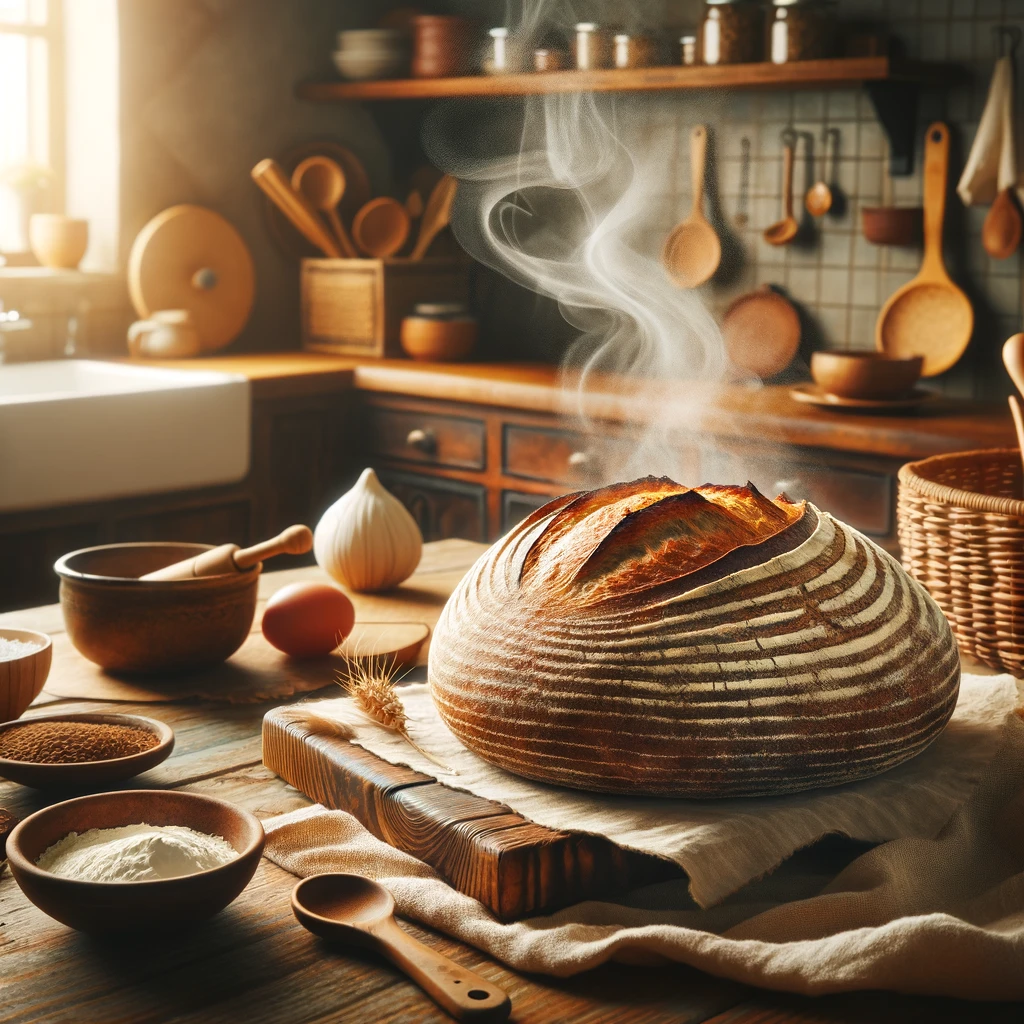
Top Baking Mistakes (And How to Avoid Them)
|
|
Time to read 2 min
|
|
Time to read 2 min
Your sourdough starter is the heart of your artisan bread baking. But, like all living things, it has its quirks. From sluggish rises to unusual smells, these tips will help you troubleshoot and maintain a healthy, active starter. Let’s dive into solutions for the most common sourdough starter problems.
If your starter lacks activity, ensure it’s in a warm spot (74-76°F). Use whole-grain rye flour in feedings for extra nutrients to kick-start fermentation.
Starters are resilient! Feed consistently with fresh flour and water at room temperature. If mold or a rotten smell develops, discard and start fresh.
Sourdough starters can smell sour or cheesy during fermentation. A putrid smell could indicate bacterial contamination. Discard if mold or strange colors appear.
Mold (pink, orange, or green spots) is unsafe. Discard the starter, clean the jar thoroughly, and begin a new batch.
A starter’s rise and fall indicate active fermentation. This natural cycle happens as yeast consumes sugars. Regular feedings keep the cycle strong.
Low rise could mean your flour lacks protein or enzymes. Focus on signs like bubbling and aroma. Ensure a warm environment and consistent feedings.
A runny starter indicates high hydration. Adjust flour-to-water ratio to your preference. Thicker starters ferment slower and are easier to handle.
Bubble size depends on hydration, flour type, and temperature. Consistent rise and sour aroma are better indicators of health.
Experiment with various flours like whole wheat, rye, or all-purpose. Each type adds unique flavors and activity levels to your starter.
Use whole-grain flours like rye and maintain warmth to boost sluggish starters. Feed regularly for consistent results.
For tangy starters, extend fermentation or use whole-grain flours. Shorter fermentations create milder flavors.
Hooch, a liquid layer, signals hunger. Stir it back or pour it off, then feed your starter.
Discarding during feedings reduces acidity and size. Use discards for pancakes, crackers, or other recipes to reduce waste.
Store your starter in the fridge for less frequent feedings. Before baking, revive it with room-temperature feedings for a few days.
Skipping a feeding won’t ruin your starter. Resume feedings, and your starter should bounce back.
Clean jars periodically to prevent mold. Rinse thoroughly to avoid soap residue harming your starter.
If tap water is heavily chlorinated, let it sit overnight or use filtered water. Most tap water is fine for sourdough.
The float test isn’t foolproof. Focus on rising, bubbling, and aroma as indicators of readiness.
Use flours like brown rice or buckwheat for gluten-free starters. Though different in behavior, they can still yield great bread.
Adjust hydration to change starter thickness. Gradual changes prevent fermentation issues.
Standard ratios (e.g., 1:2:2) provide balance. Adjust ratios for your schedule or to rejuvenate a sluggish starter.
Every starter is unique. Troubleshooting and maintaining your sourdough culture are part of the joy of baking. Embrace the process and learn what works best for your starter.